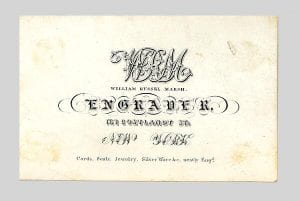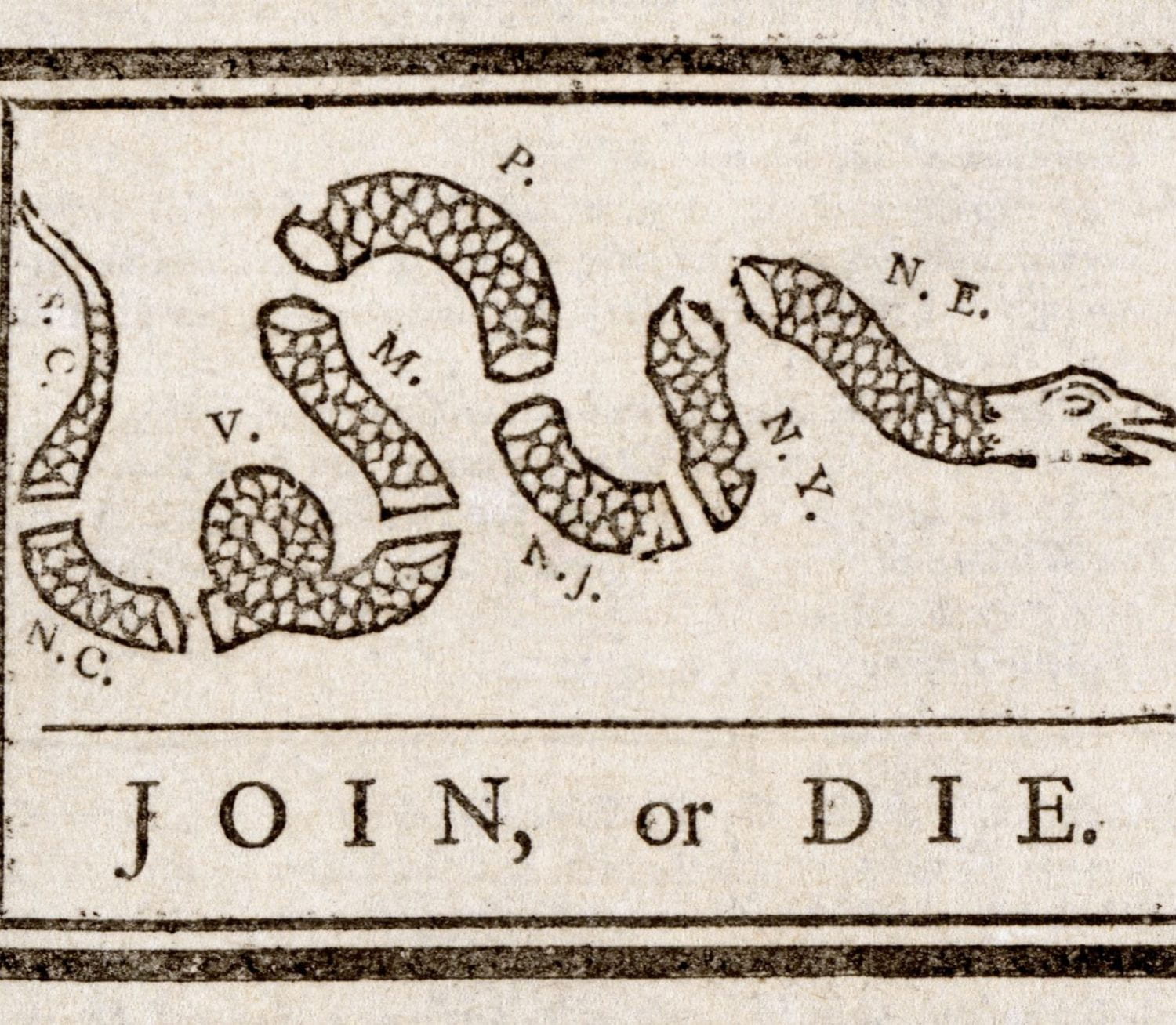by Ryan Barry
Being honest, I really had no idea where to start. My search began very blandly, and I didn’t really know what I should be looking for. It didn’t take very long for me to start noticing these business card things.



While I do not understand their history, I don’t think they are meant to be very historical. Instead, they appear to be what is known in today’s world as forms of advertisement. The reason I was drawn to these rather plain documents has nothing to do with the individual pictures of each, but the fact that I came across so many of them in the database (I used the Digital Public Library of America).
Their appearance is quite simple and straightforward; they possess differences and similarities to the ‘advertisements’ of the contemporary world. As simple as they are, however, they are all unique. It comes to my attention that the reason these caught my attention is because we are working on document design at the moment in my 225 class. While these would never pass for effective advertising today, they still possess some of the most basic elements of an effective form of communication. They contain all of the necessary information to convey their intended message.
I think the main difference between today and the time these cards were created is the visual design and layout. Not only are we flashier today but audiences prefer only the most essential information because our attention spans are not nearly as long as they used to be. For instance, the second picture advertises an amalgamation of ingredients to be sold in a sort of sentence-style paragraph. Today, this information would be lucky to make the paper and if it did it would be in the form of a bullet point list.
It’s difficult to read deeply into these articles. You might be able to assert that life was simpler or that there was less regulation or even that it did not take much to capture people’s attention (because any document created was not very common), but otherwise they are merely forms of advertisement. It’s cool to see and I wish I could see how they were presented to audiences (i.e., by hand, on a wall, etc.). It was certainly different from how advertisements reach audiences today. Perhaps they were mediums of basic information, and all the information people needed was obtained by talking to other individuals in the community. Nevertheless, it is cool to see just how different documents are today than they were a few centuries ago.


